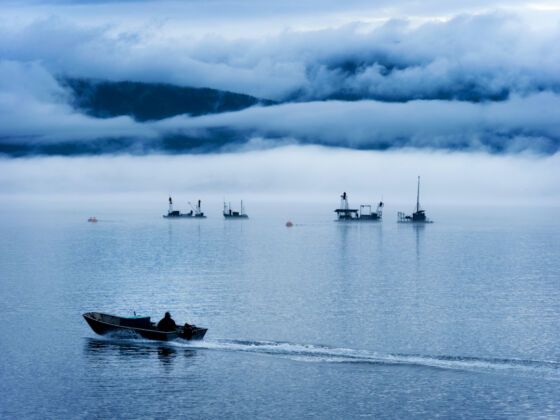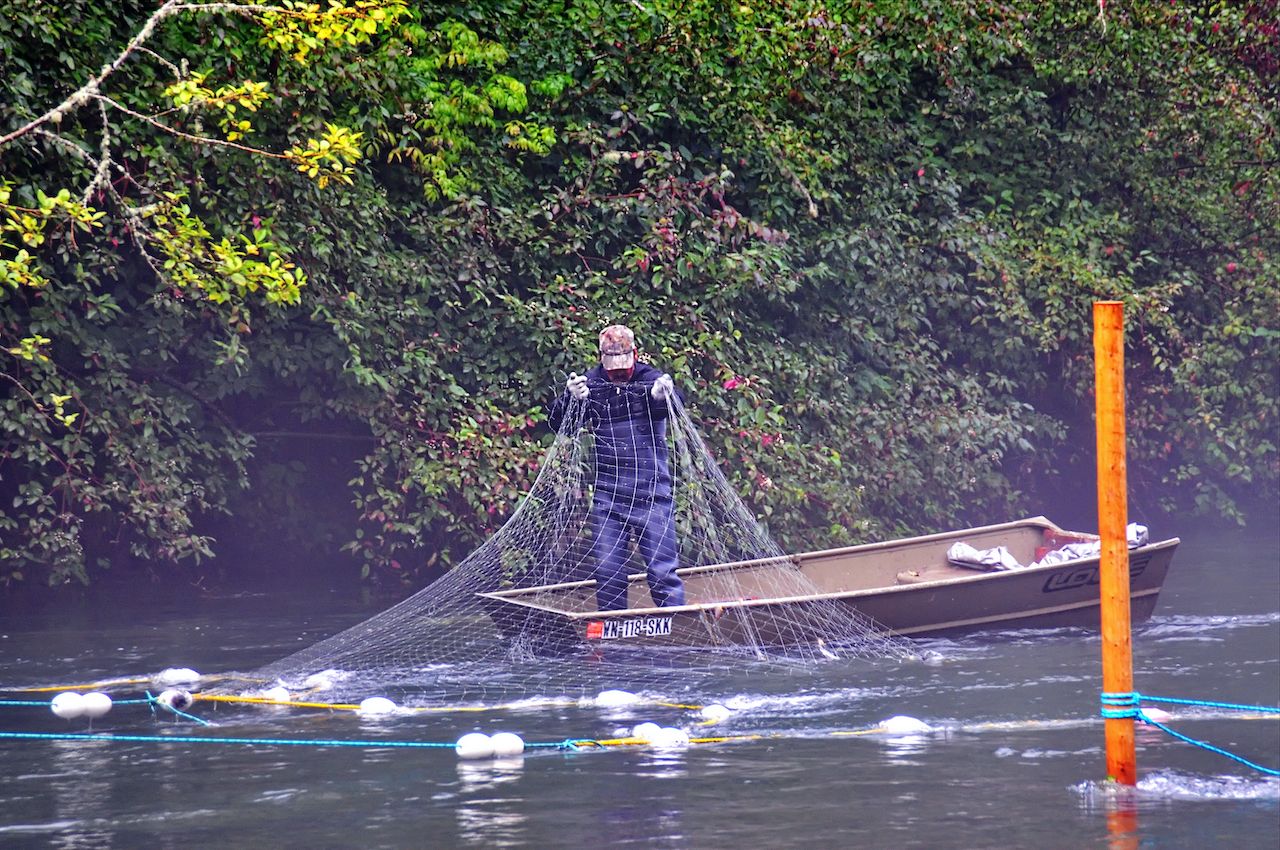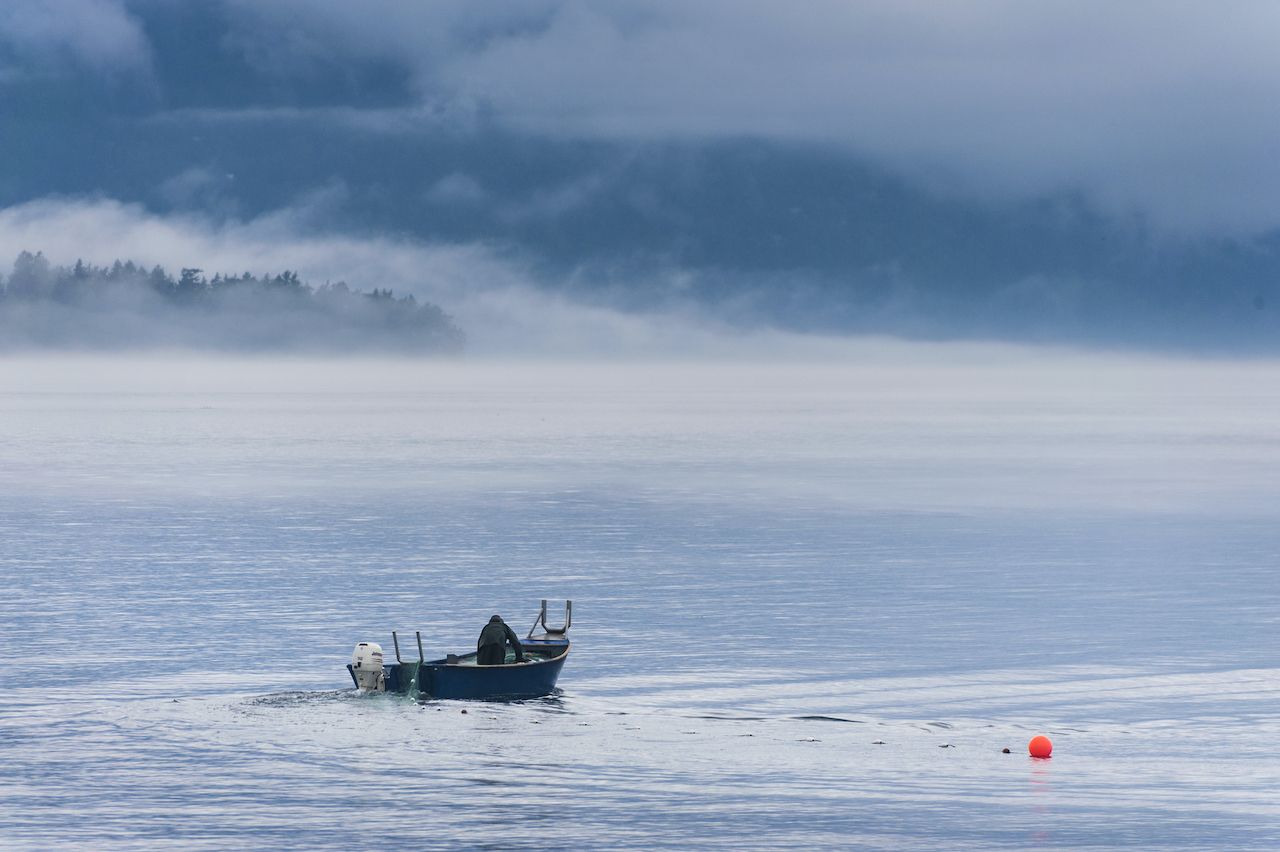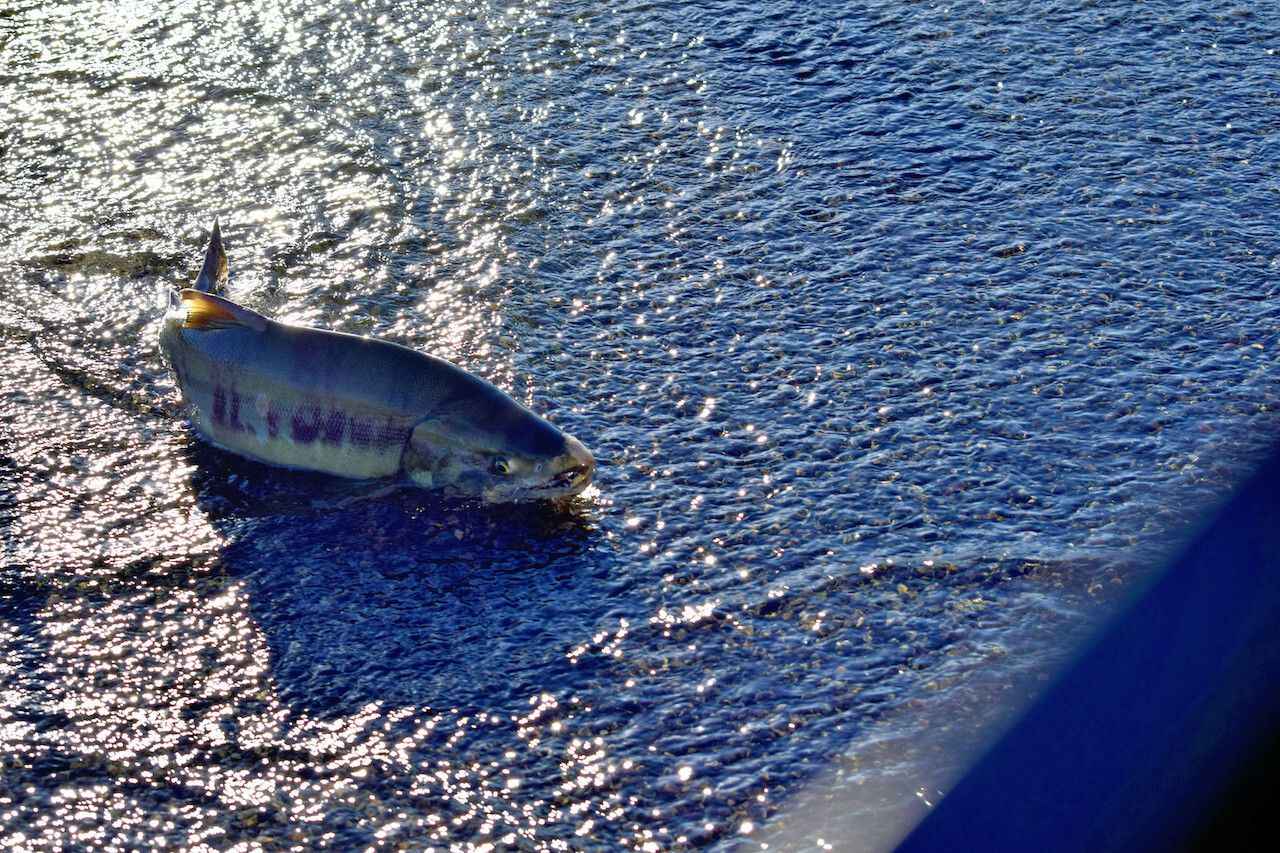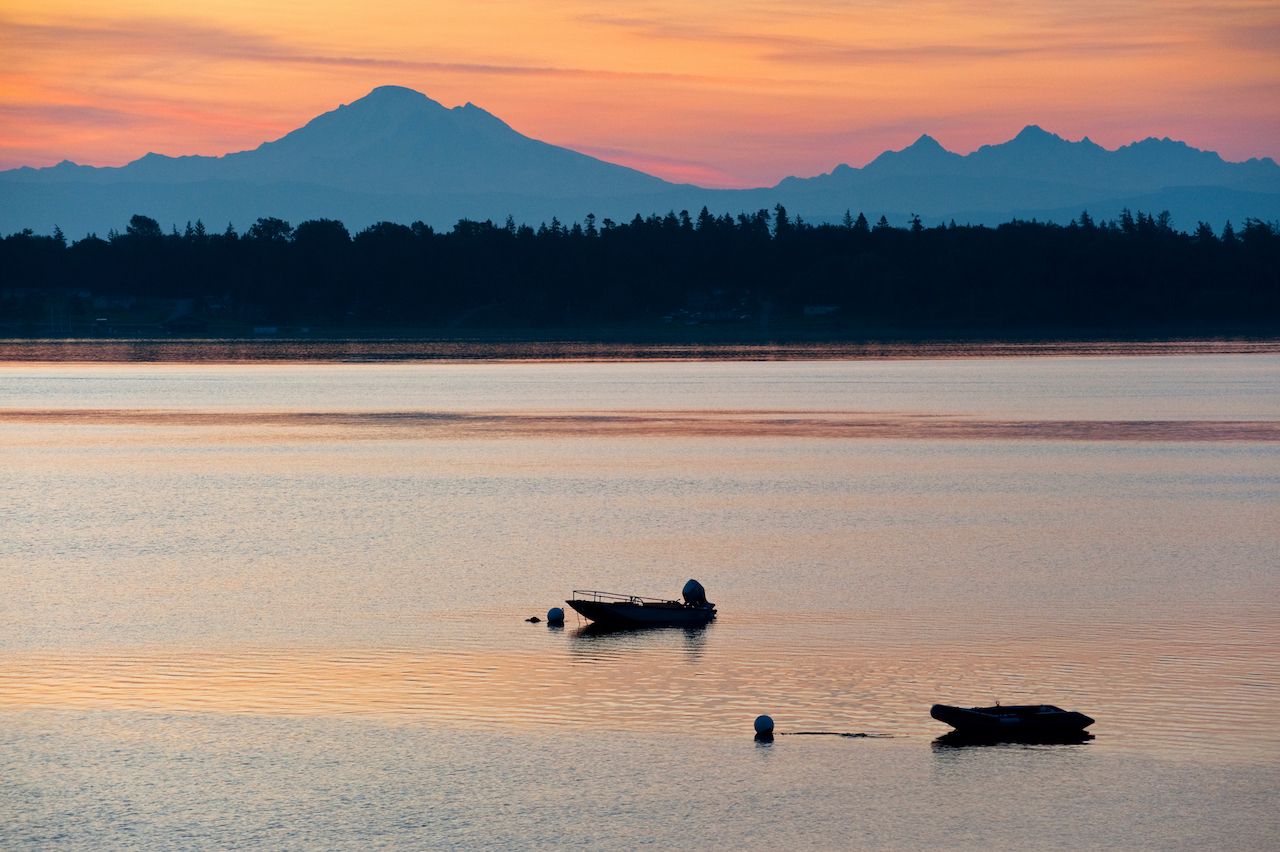In 1994, United States District Judge Edward Rafeedie made a historic ruling: Members of the Skokomish Indian Tribe are entitled to harvest half of the shellfish on cultivated beaches around Puget Sound and Hood Canal, including those on private beaches.
He based his decision on a series of hunting and fishing treaties signed by the US government and 20 tribes who lived on the Salish Sea and the Columbia River between 1854 and 1856. The resulting treaty rights became the foundation of modern life for the Indigenous people of the Pacific Northwest. As the Northwest Indian Fisheries Commission puts it, under these treaties, “The United States recognized tribes as sovereign nations and the rightful owners of the land.” But 165 years later, and more than two decades after Rafeedie’s ruling, Indigenous people of the Pacific Northwest are still struggling to exercise their rights.
